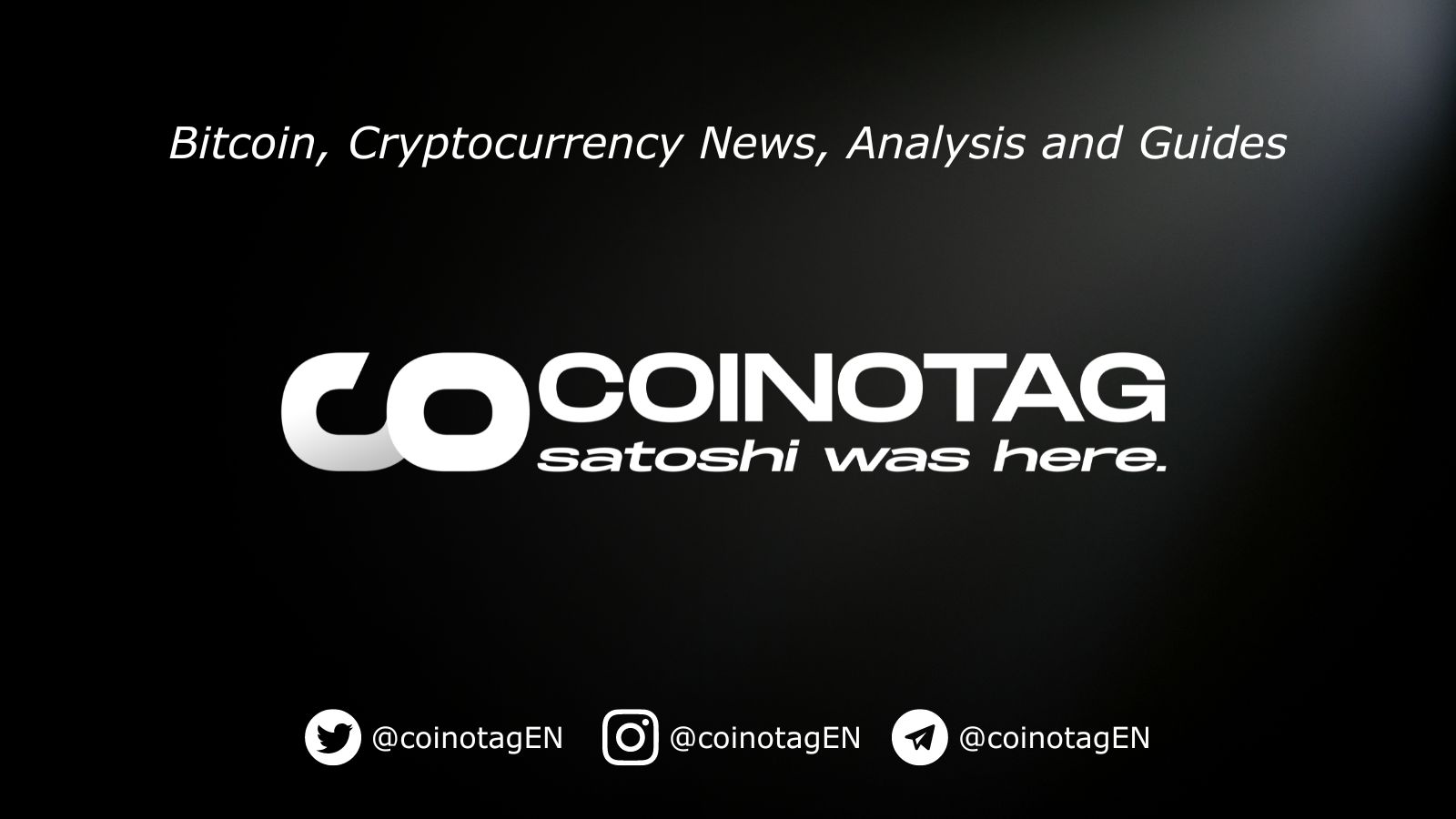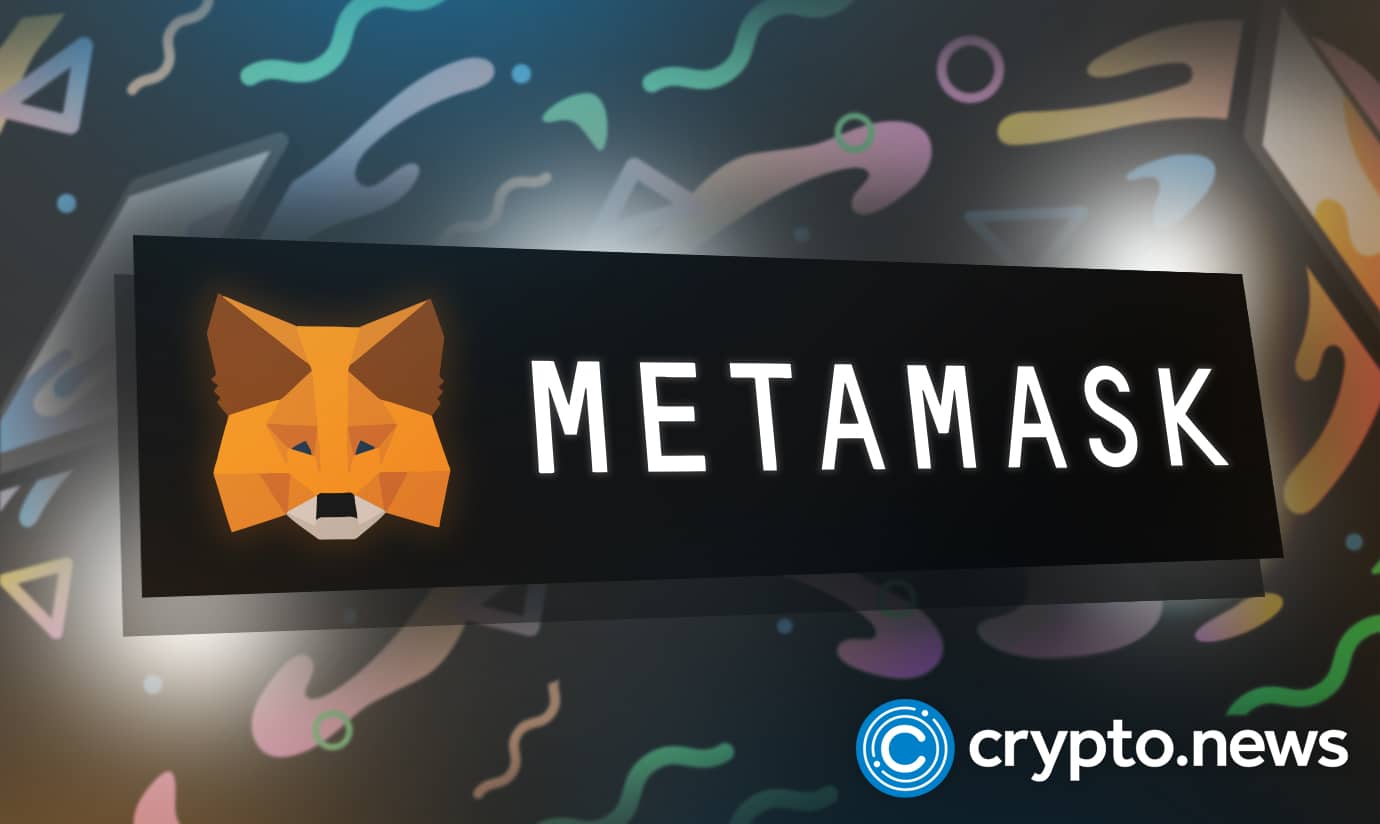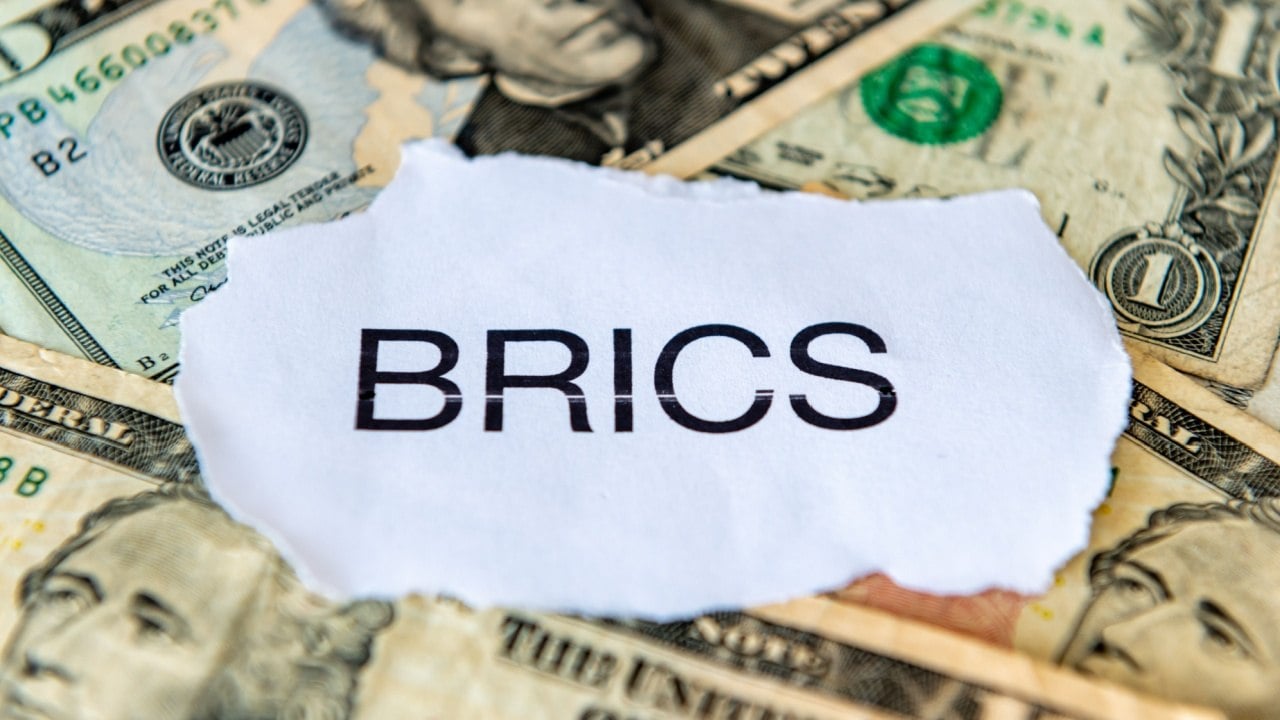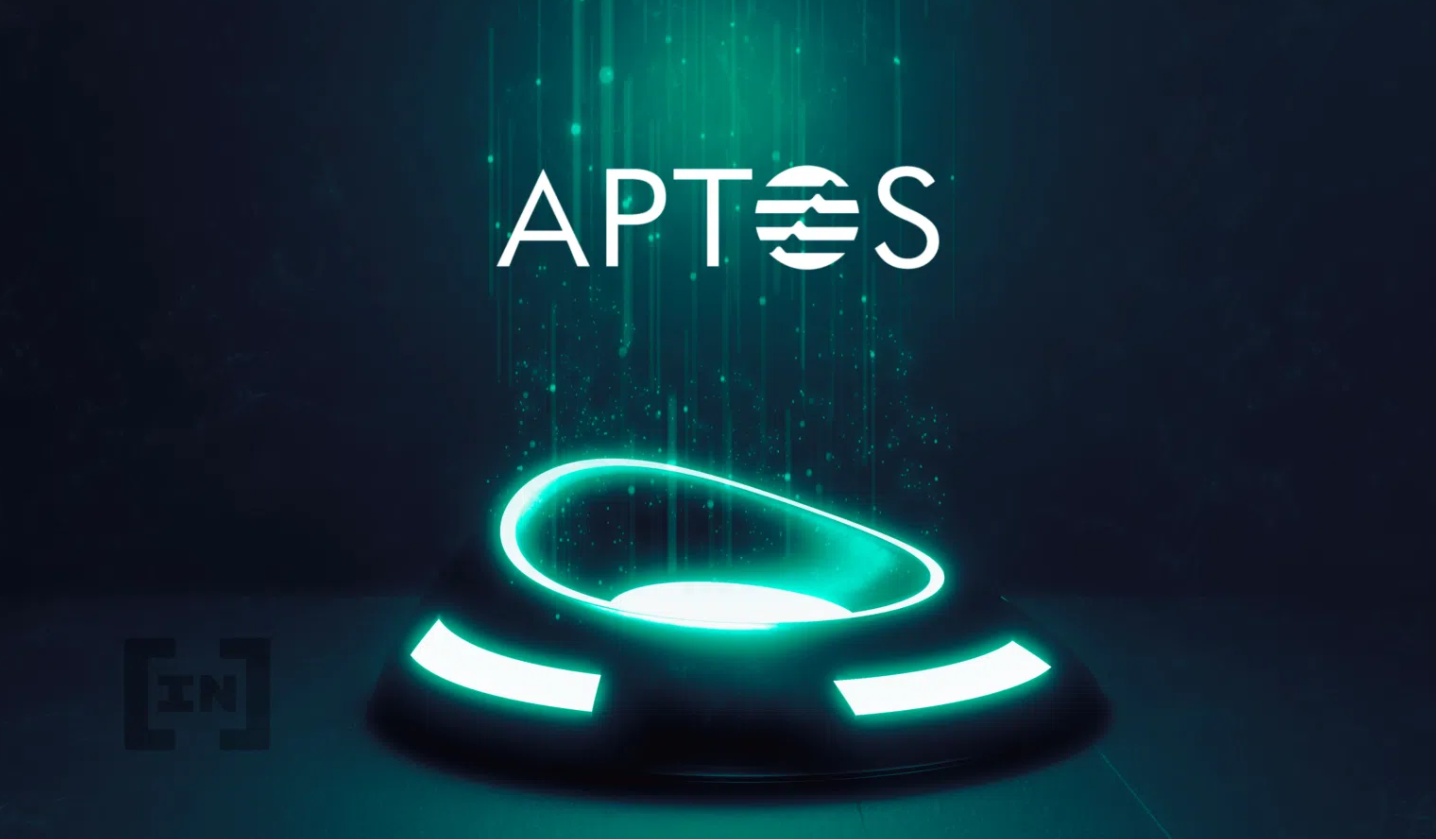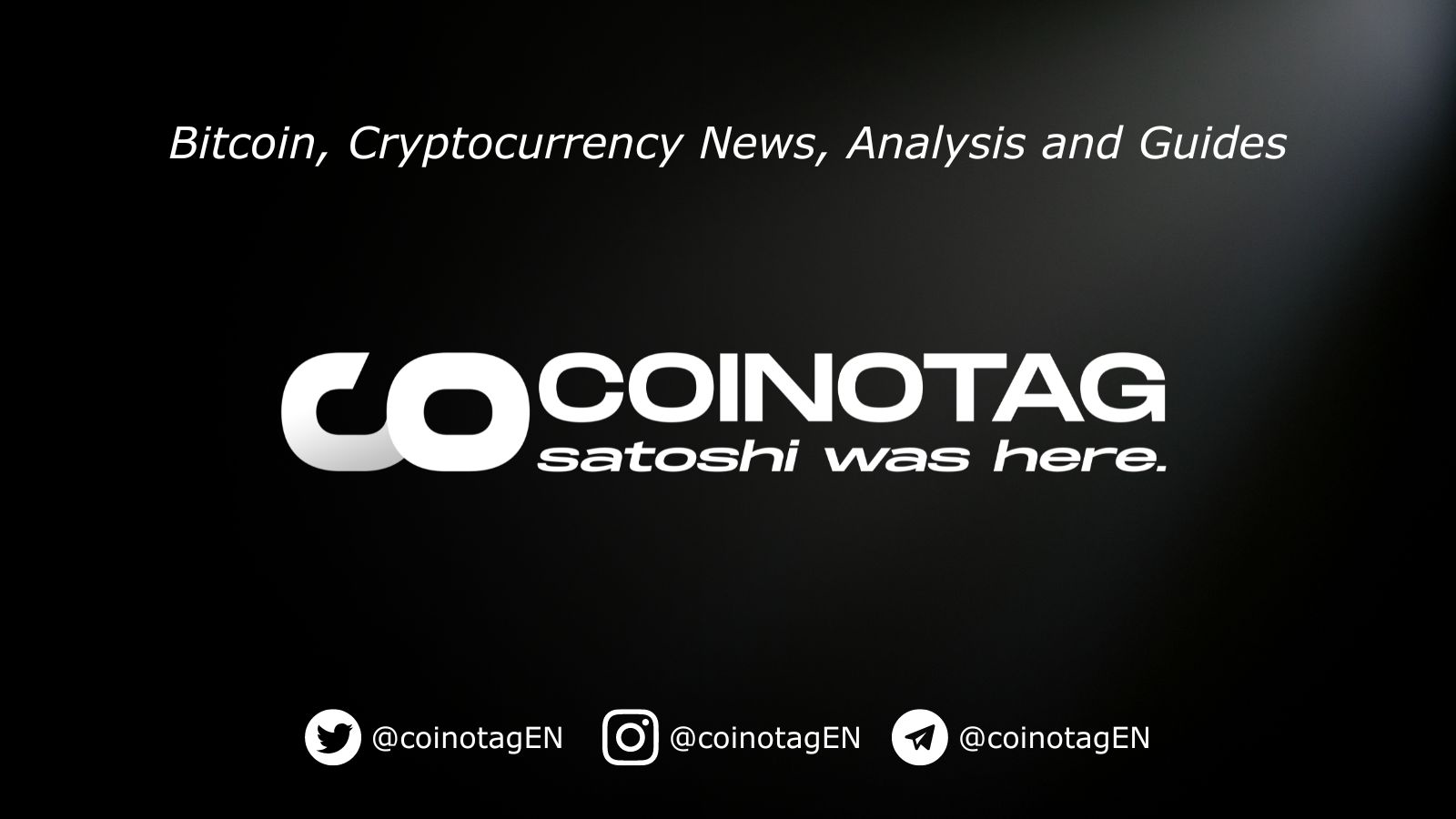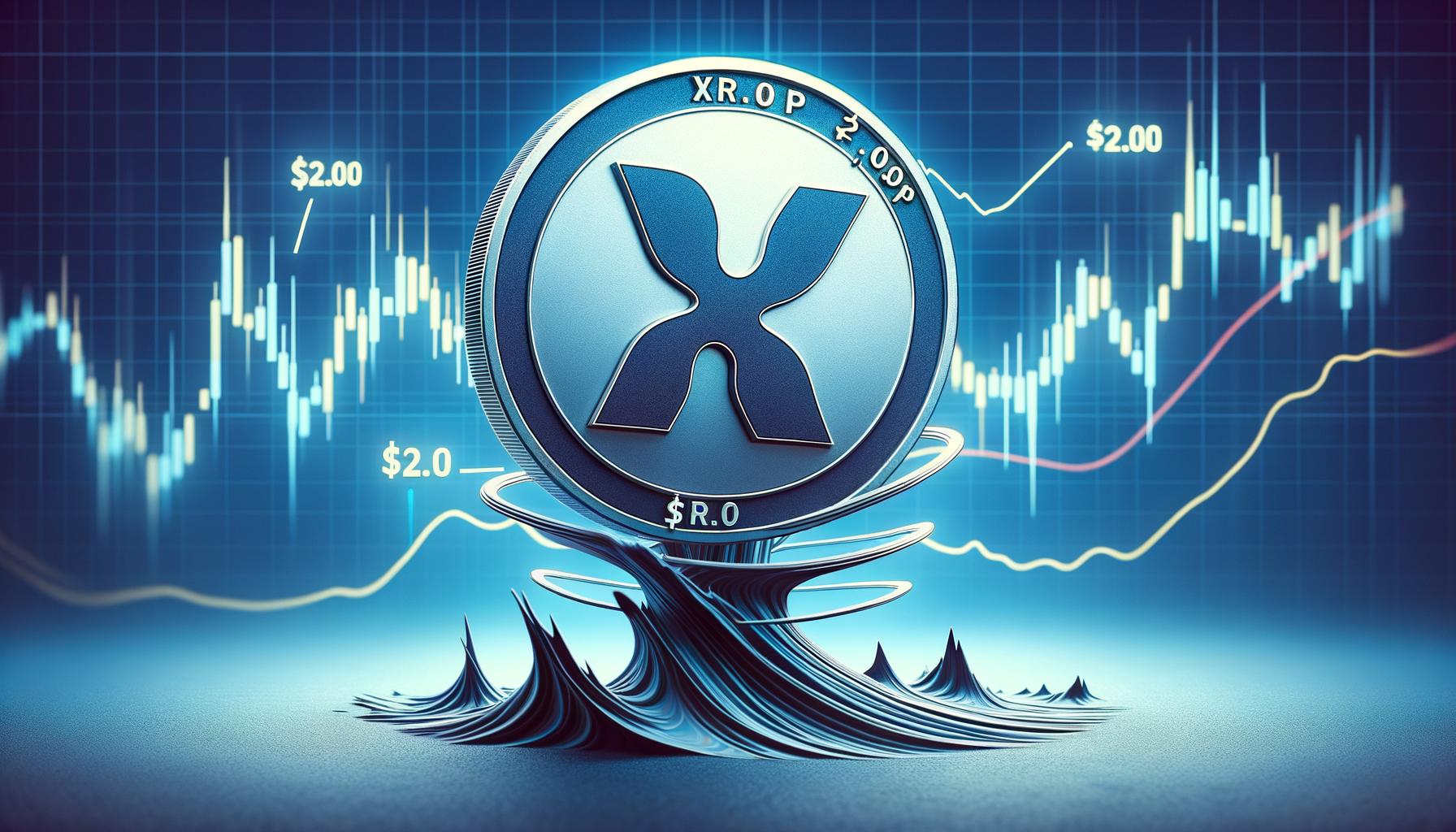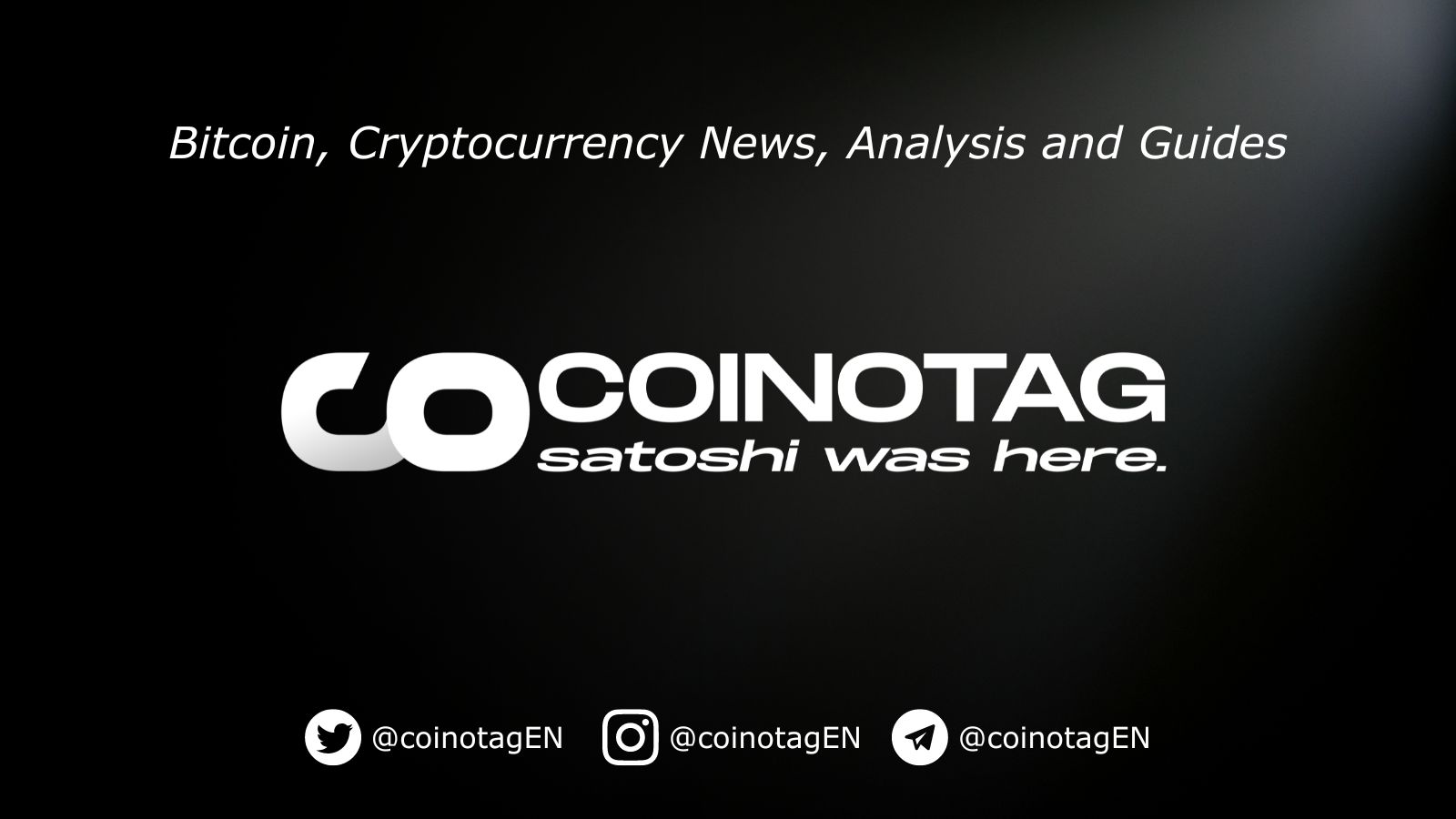
Over 20 U.S. states proposed investing public funds into digital assets. Continue Reading: States Push for Bitcoin Funding While Others Halt Progress The post States Push for Bitcoin Funding While Others Halt Progress appeared first on COINTURK NEWS .
CoinTurk News
You can visit the page to read the article.
Source: CoinTurk News
Disclaimer: The opinion expressed here is not investment advice – it is provided for informational purposes only. It does not necessarily reflect the opinion of BitMaden. Every investment and all trading involves risk, so you should always perform your own research prior to making decisions. We do not recommend investing money you cannot afford to lose.
Crypto Price Analysis February-28: ETH, XRP, ADA, BNB, and SOL
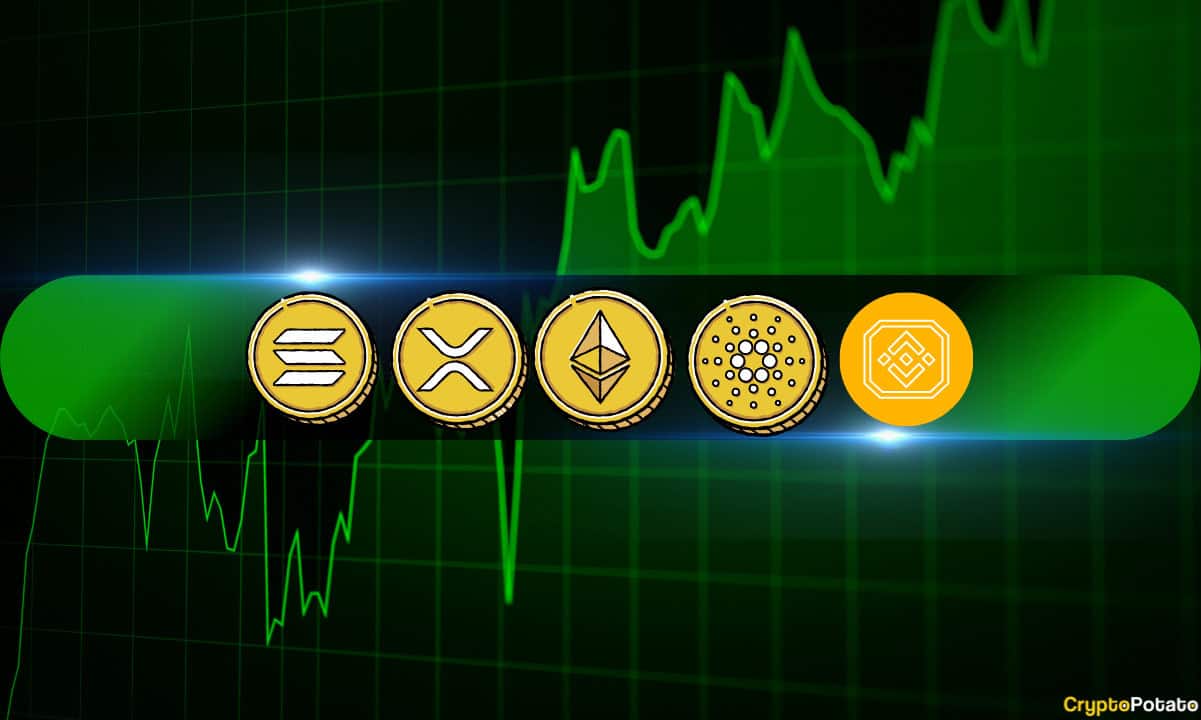
This week, we examine Ethereum, Ripple, Cardano, Binance Coin, and Solana in greater detail. Ethereum (ETH) The market turned bearish and Ethereum has lost its support at $2,400, falling by 21% in the past seven days. This market-wide drop impacted almost all cryptocurrencies with most in double digit losses in the past week. In the case of ETH, it is critical that the price remains above $2,000 as a key psychological level. If lost, then Ethereum will have good support around $1,800, a level not seen since 2023 when crypto was in a bear market. Looking ahead, Ethereum is quickly approaching a moment where its bullish uptrend is invalidated. A price under $2,000 would push it in a bear market with lower levels likely after that. Chart by Tradingview Ripple ( XRP ) XRP did its best to remain bullish, but the overall market pushed its price back to $2 at the time of this post. While this support level appears strong, continued selling would eventually break it and that could quickly see the price fall much lower. This cryptocurrency also had a difficult week, closing it with a 23% loss. If nothing changes in the coming days, then the next key support level is found at $1.6. Looking ahead, if the price falls under $2, then the rally is over, and the top was likely already made at $3.4 back in January 2025. While it is still early to call it, the signs remain bearish based on this price action. Chart by Tradingview Cardano (ADA) ADA lost its key support at $0.64 and closes the week with a 25% price drop. This is extremely concerning since the price could fall to $0.45 next. Such a price would return ADA to bear market levels. Sellers are dominating, and if buyers don’t return soon to bring ADA back above $0.64, then lower price levels should be expected as the downtrend continues. Looking ahead, ADA does not have the power to stop sellers at this time. Watch the key support at $0.45 since that level could bring back buyers if they don’t show up earlier. Chart by Tradingview Binance Coin (BNB) Binance Coin tried to stay above $600, but buyers were unable to defend that level after a massive sell pressure in the past 24h. With this support lost, the asset fell by 12% in the past week. If BNB continues to go lower, buyers could reappear between $550 and $500. Strong support at $500 has held well in the past when sellers spiked the price. Looking ahead, this cryptocurrency shows more strength than most altcoins, considering it has not made a lower low yet. The price consolidates into a flat range above $500, and as long as that level holds, BNB can recover later. Chart by Tradingview Solana (SOL) Solana had one of its worst weeks since 2024. The price appears in a free fall and registered a 27% loss in the past seven days. With the support at $134 gone, SOL may soon approach $100 at this rate. It is critical to maintain a three-digit price since this is a psychological level. At the same time, any price closing on $100 is likely to attract new buyers since that level is also a key support. Looking ahead, Solana must do its best to not drop under $100 as that would put an end to its uptrend. The next few days and weeks are decisive. Chart by Tradingview The post Crypto Price Analysis February-28: ETH, XRP, ADA, BNB, and SOL appeared first on CryptoPotato . CoinTurk News

Real-World Assets – The $56 Billion Frontier
HodlX Guest Post Submit Your Post The tokenization of RWAs (real-world assets) stands at an inflection point, with the market reaching $56 billion and poised for explosive growth. While skeptics have long criticized cryptocurrency’s lack of intrinsic value, RWA platforms fundamentally reshape this narrative by bringing tangible assets – from real estate to equities – onto the blockchain. Four key players exemplify the sector’s maturation and growing institutional adoption. Their success underscores a crucial reality – RWA operates as a complex two-sided marketplace, requiring both willing asset owners and sophisticated investors. As Wall Street takes interest, a new batch of regulations that nurture the burgeoning sector is crucial for long-term growth. Pendle Pendle offers perhaps the most innovative approach to yield-bearing assets. Unlike traditional products where ownership and yield are inseparable, Pendle’s model allows separate trading of PT (principal tokens) and YT (yield tokens). This flexibility has driven their total value locked to $5.9 billion, five times larger than that of their nearest competitor. Their fixed yields for popular products reach as high as 14.7% for USDe, attracting investors seeking stable returns in volatile markets. Ethena Ethena’s trajectory demonstrates the critical role of venture capital in shaping the RWA landscape. Following a $14 million Series A round that attracted investments from Franklin Templeton and Fidelity, they’ve secured strategic partnerships with World Liberty Financial and Deribit. Their synthetic dollar, sUSDe, offering a six percent APY, represents a new generation of yield-bearing assets designed for institutional adoption. Ondo Ondo Finance exemplifies the sector’s push toward mainstream integration. Through partnerships with BlackRock and Morgan Stanley, they’ve launched tokenized versions of blue-chip stocks and ETFs, including Coca-Cola (onKO) and SPDR Gold Shares (onGLD). Their recent announcement of Ondo Chain – purpose-built for institutional-grade RWAs – signals growing confidence in the sector’s future. What makes these developments particularly significant is their timing. As retail investors grow increasingly sophisticated and demand more stable investment vehicles, RWA platforms offer a compelling solution. When the average US home price stands at $356,585, fractional ownership through tokenization democratizes access to previously exclusive asset classes. The regulatory environment appears increasingly supportive – particularly in the US – where stablecoin legislation is gaining momentum. This could provide a substantial boost to yield-bearing assets like Ondo’s USDY, currently unavailable to US investors. Wall Street’s latest (and biggest?) bet The RWA transformation extends beyond traditional finance – innovative projects are exploring tokenization of everything from aviation financing to electric motorcycle fleets, demonstrating the versatility of RWA platforms. However, challenges remain. The sector must navigate complex regulatory requirements, ensure robust security measures and build sufficient liquidity across various asset classes. Success requires substantial capital – evidenced by the aggressive fundraising among leading platforms – to secure regulatory approvals and build institutional-grade infrastructure. Even with these challenges, traditional financial institutions are taking notice. The involvement of firms like BlackRock, Morgan Stanley and Fidelity isn’t merely symbolic – i t represents a fundamental shift in how Wall Street views digital assets. These partnerships provide crucial infrastructure and credibility, helping bridge the gap between traditional and DeFi (decentralized finance). Yet the trajectory is clear. RWA tokenization represents more than just another blockchain use case – it’s a fundamental reimagining of how we interact with traditional assets. By breaking down barriers to investment and creating more efficient markets, these platforms are driving what may be the most profound cultural and economic impact within the crypto space. As we move through 2025, the question isn’t whether RWA will transform finance, but rather which platforms will emerge as the dominant players in this new paradigm. For investors and institutions alike, understanding this evolution isn’t just advantageous – it’s essential. The next phase of growth will likely come from increased institutional adoption, regulatory clarity and innovative applications that push the boundaries of what can be tokenized. Li Liang is the CEO of HashKey OTC , where he guides institutional investors, family offices and corporate clients with their digital investment strategies. Check Latest Headlines on HodlX Follow Us on Twitter Facebook Telegram Check out the Latest Industry Announcements Disclaimer: Opinions expressed at The Daily Hodl are not investment advice. Investors should do their due diligence before making any high-risk investments in Bitcoin, cryptocurrency or digital assets. Please be advised that your transfers and trades are at your own risk, and any loses you may incur are your responsibility. The Daily Hodl does not recommend the buying or selling of any cryptocurrencies or digital assets, nor is The Daily Hodl an investment advisor. Please note that The Daily Hodl participates in affiliate marketing. Generated Image: Midjourney The post Real-World Assets – The $56 Billion Frontier appeared first on The Daily Hodl . CoinTurk News

